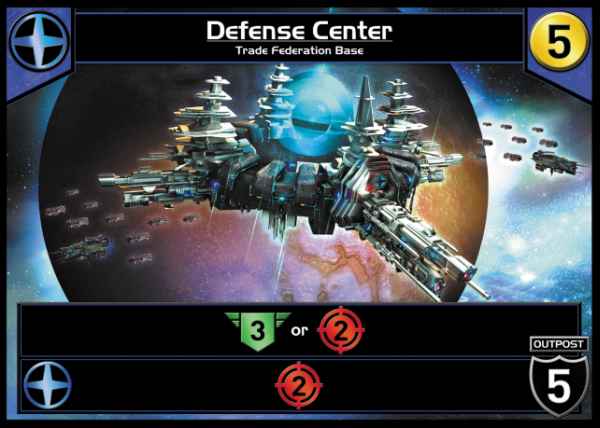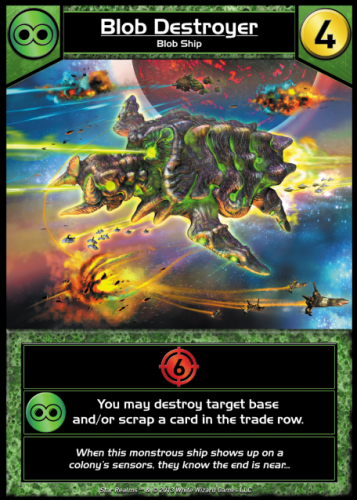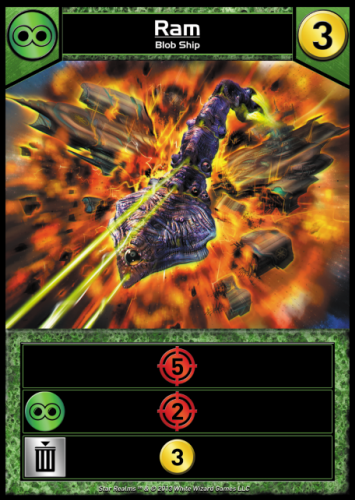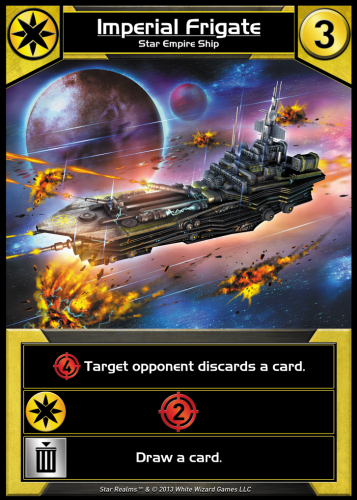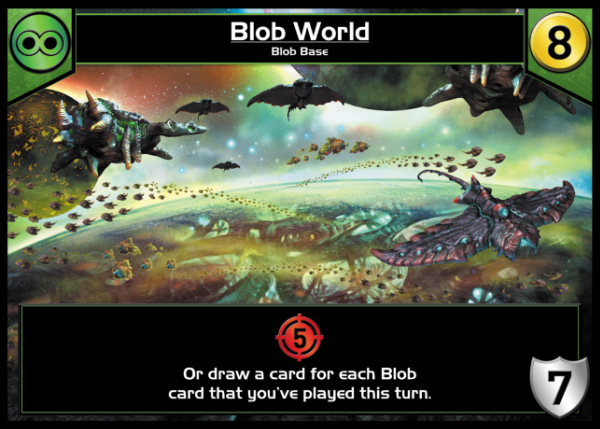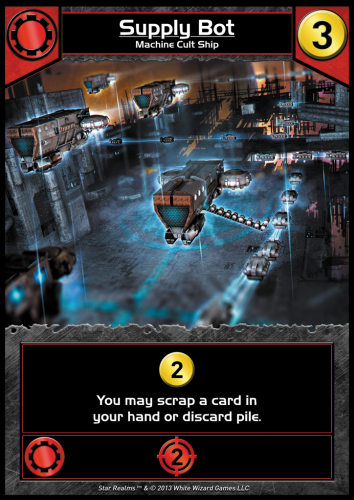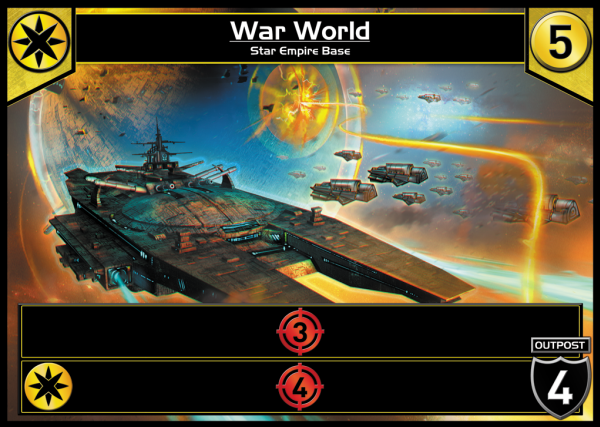Corporal Stinson’s hands worked furiously, jotting down any shred of communication that could be used as discernible intel from all of the noise coming across the audio channels. Frequency after frequency was full of the same: confusion over what was happening, attempts to relay orders, calls for backup…and lots and lots of silence.
Every minute that went by, another ship transponder in section 18-G72 disappeared from the hologlobe in the center of the room. G72 wasn’t exactly the center of the Trade Federation’s activity. In fact, the only major planet in that region had a relatively minor relay base of no real strategic importance, so it didn’t make any sense for an attack. Especially now.
It wasn’t the style of the rebels to waste resources on such insignificant targets, and it was far outside the normal territory of those strange machine-worshiping former colonists. Even the gross alien Blobs were quiet of late. Whoever was responsible, the scope of force required to pull this off would have been sizable.
“kksshhkk…verywhere…surround…” BLIP. Another signal went dark.
One thing was clear: someone out there was tearing the local defense fleet apart. Things were going from bad to worse, and it took all of Stinson’s effort to sift through the chaos coming over the feeds in real-time.
“evac not possi…”
“…exhausted supplies….”
”must warn Central…”
Blip. Blip. Blip.
The Premise
In the distant future, human civilization has fractured into three major factions, each bent on controlling their sector of the galaxy. Players utilize the abilities of these factions, as well as those of a swarm-like alien race, to eliminate their competition once and for all.
The Rules
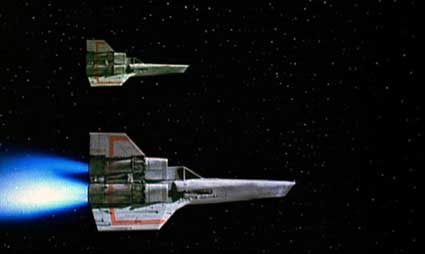
Probably not the right Vipers…
Star Realms is a fast-paced deckbuilder of conflict and conquest. Setup is also expedient. Each player receives a starting deck of ten basic cards: eight Scouts (for generating money) and two Vipers (for combat). Players begin with 50 Authority points, which are tracked via supplied Authority cards. All other cards, with the exception of a stack of ten Explorers, make up the central Trade deck. At the start of the game, the top five cards of this deck are revealed, making up the Trade Row.
The first player is determined randomly and has a starting hand of three cards; the other player starts with five.
There are two card types in Star Realms: Ships and Bases. Ships exist only for the current turn. Bases, by contrast, stay in front of the player unless they are destroyed by doing damage equal to that Base’s Defense.
Additionally, almost every card in the game belongs to one of the game’s four factions: the Trade Federation, the Star Empire, the Machine Cult, or the Blobs, each with their own distinctive style. (Blob cards, for example, focus heavily on doing damage.)
Each player takes their turn in the same manner, which breaks down into two phases. Almost every action in the game takes place during the Main phase. Here, the player play as many cards as they wish from their hand to acquire Combat and Trade points, play Bases, and use card abilities. These actions can be done in any order and as often as desired. Having multiple cards in play of the same faction also unlocks many cards’ Ally abilities which can be used during the turn.
Acquiring new cards, either by purchasing an Explorer card or one of the cards from the Trade Row, is done by spending Trade points. Players may purchase as many cards as they wish each turn, and any time a card from the Trade Row is removed another is immediately revealed.
The main objective in Star Realms, though, is to eliminate a player’s Authority points. This is done by attacking with Combat points. First, when attacking an opponent, a player must first destroy any Bases the defending player has with the Outpost subtype. Then, they are free to assign Combat points to any remaining Bases and / or to the player directly. Damage done to a player reduces their Authority points.
When a player has done everything they want to, they enter cleanup phases. Here, the player loses any unspent Trade and Combat points, discards all Ships they have in play, discards the remaining cards in their hand, and draws five new cards. Then the other player gets their turn to go on the offensive.
Turns continue back and forth until one player runs out of Authority points. At that point, they lose, and must cede control of their forces to the player who clearly knows how to run an empire better.
Constructing The Fleets
Deckbuilding games all have the same inherent quality – giving you a degree of control over how to tailor your deck. Do you prefer to draw lots of cards or to streamline your deck by removing unnecessary ones? Do you strive to have lots of resource-producing cards, or focus on preventing your opponents from having them? These are the kinds of choices most deckbuilders offer.
To provide players the time to hone these various deck engines, however, most deckbuilders utilize a passive approach to victory. That is, you can do things to antagonize your opponent, but most of the time you win through means such as having the most victory points. You’re also given the time to gradually get there.
Star Realms is not your typical deckbuilder. Its approach is very active: kill your opponent in the quickest, most expedient way possible. It also has a play time of only 20-25 minutes. Indeed, in many ways Star Realms operates closer to CCGs or LCGs than to other deckbuilders. This make sense considering the game’s two lead designers are successful professional Magic: the Gathering players, and that style of aggressive One vs One combat is present here.
Yet Star Realms is very simple to learn. This is the type of conflict-driven game that a Socializer can get behind, as there is little downtime, the rules are remarkably straightforward, and turn structure is incredibly fluid. Effectively, you splay your hand on the table and see what you can do with it. There are no lengthy turn phases or rules to trip you up. Play your cards and aim your laser cannons at your opponent’s head. It’s that simple.
Star Realms is a slug match, with each player inflicting as much damage every turn as possible. Defensive posturing via Bases and Outposts may help initially but they can eventually be wiped away by a potent armada attack. There aren’t any reaction cards in the game either, so fire away. Besides moving the game along, this focus on player elimination also makes every turn feel important as the game tension builds to a crescendo of space-based battle frenzy. Strikers, who normally have difficulty with deckbuilders, will undoubtedly enjoy Star Realms.
Dereliction In The Ranks
This deviation of style will not appeal to everyone, however. Architects generally enjoy deckbuilders because it allows them time to build up their resources and achieve victory at their own pace, but they will have neither here. The fast-paced tempo and difficulty keeping Bases on the board simply won’t resonate with them.
More surprisingly, the same can be said for Tacticians. Just because a game has tactical options – and Star Realms has a respectable amount – doesn’t immediately mean Tacticians will like it.
Case in point: because Star Realms is such a short game, there isn’t much long-term strategic planning. There are still a fair amount of choices to be had with regards to what to buy (or not), how to streamline your deck, or whether to attack a Base or the player, but the nature of the game makes it difficult devising anything beyond a turn-by-turn approach. Having more than two players mitigates this somewhat, but whether or not that fact will be enough to keep Tacticians interested will be up to the individual.
Daredevils will also have mixed reactions to Star Realms. On the one hand, there is a fantastic amount of synergy within each of the four factions, and unlocking powerful Ally abilities of your cards are key to your chances at winning. They’ll certainly enjoy some of the explosive turns that can happen with the right cards one minute and duds the next. On the other hand, Star Realms has the opposite effect if you try to diversify your cards too much. This essentially forces players to focus on one faction and a few outlier cards rather than creating unforeseen inter-faction combos. While Daredevils may be disappointed being pushed into a set play path, there is still certainly enough unpredictability in walking that path to keep their interest.
Factoring The Factions
Ironically, the factions themselves are the one area Star Realms stumbles on. Factions are conveyed through their innate card abilities, whether it’s the Trade Federation generating lots of Trade points or the Machine Cult’s coveted ability to trash unwanted cards. Each of these factions are visually reinforced with top-notch artwork, to it, giving each side a distinctive look.
On a thematic level, though, it’s not clearly explained what is going on within the game. We know that there are four factions and they don’t like each other, but are you one of the faction leaders? If so, why can you recruit different factions in your deck? If not, then who are you portraying, exactly? These questions don’t affect gameplay, but expect Immersionists to be asking all the same.
More importantly is how faction bonuses impact the flow of the game. In Star Realms, your situation can change quickly. One turn you could be sitting happy with several Outposts, and the following turn your defenses are gone and you just took 20 damage. By itself, having Ally abilities triggering off each other is one of the more fun components to the game, but it’s also possible for cards to chain in a way that puts you from the lead position to the ropes in a single turn. As a result, Star Realms can be incredibly swingy at times, as no matter how far ahead or behind you are, your position is tenuous at best.
Engaging New Fronts
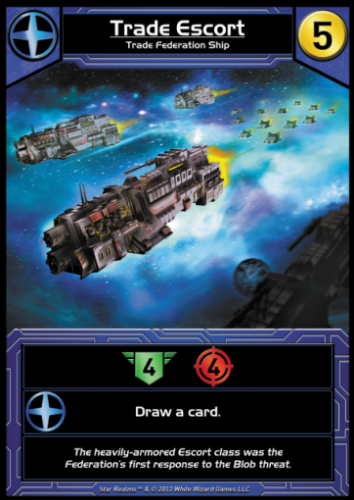 Although billed primarily as a two-player game – and where the game is principally focused – Star Realms is capable of playing up to six with a variety of multiplayer options. However, in order to do so, additional copies of the game are required. Yet you won’t be disappointed with the results.
Although billed primarily as a two-player game – and where the game is principally focused – Star Realms is capable of playing up to six with a variety of multiplayer options. However, in order to do so, additional copies of the game are required. Yet you won’t be disappointed with the results.
As electric and taut as Star Realms is during normal two-player games, playing with more people adds a number of new variables to consider. The ultimate goal of victory via elimination doesn’t change, but how you get there is altered considerably. Games become slightly longer, and with more than two people wrangling for cards in the Trade Row, this mechanic becomes far more interactive.
The theme of the game, being the conflict between four diverse factions, is also better evoked with more players. Admittedly, having more than one opponent may temper the enthusiasm of those who prefer the lightning quick duels to the death, but it also adds some nuanced depth to an otherwise linear game.
The Takeaway
Deckbuilders are often known for being protracted efforts, but that’s not the case here. Star Realms instead opts for the skirmisher approach. Games of Star Realms are fast, brutal, and short, creating a level of tension through direct player combat that more closely resembles competitive card games than traditional deckbuilders. Star Realms exists somewhere between those two styles, and in that it succeeds handily. Playthroughs of Star Realms are both exciting and unpredictable, with everyone vying to be the last standing. Players repeatedly crash fleets into each other’s defenses like waves upon the shore: sometimes it’ll be mild, and other times it’ll wipe out the whole town. The game is both visually appealing and easily accessible, but it’s also surprisingly balanced mechanically – although it won’t always feel that way. Star Realms stands out as a swift-moving filler game whose ease of learning and and portability makes it a welcomed choice whenever the inevitable crave to dominate the galaxy sets in.
Star Realms is a product of White Wizard Games.
Cardboard Republic Snapshot Scoring (Based on scale of 5):
Artwork: 5
Rules Clarity: 5
Replay Value: 4
Physical Quality: 3
Overall Score: 4
Photo Credits: Battlestar Galactica by Universal TV; Star Realm cards by Star Realms.

